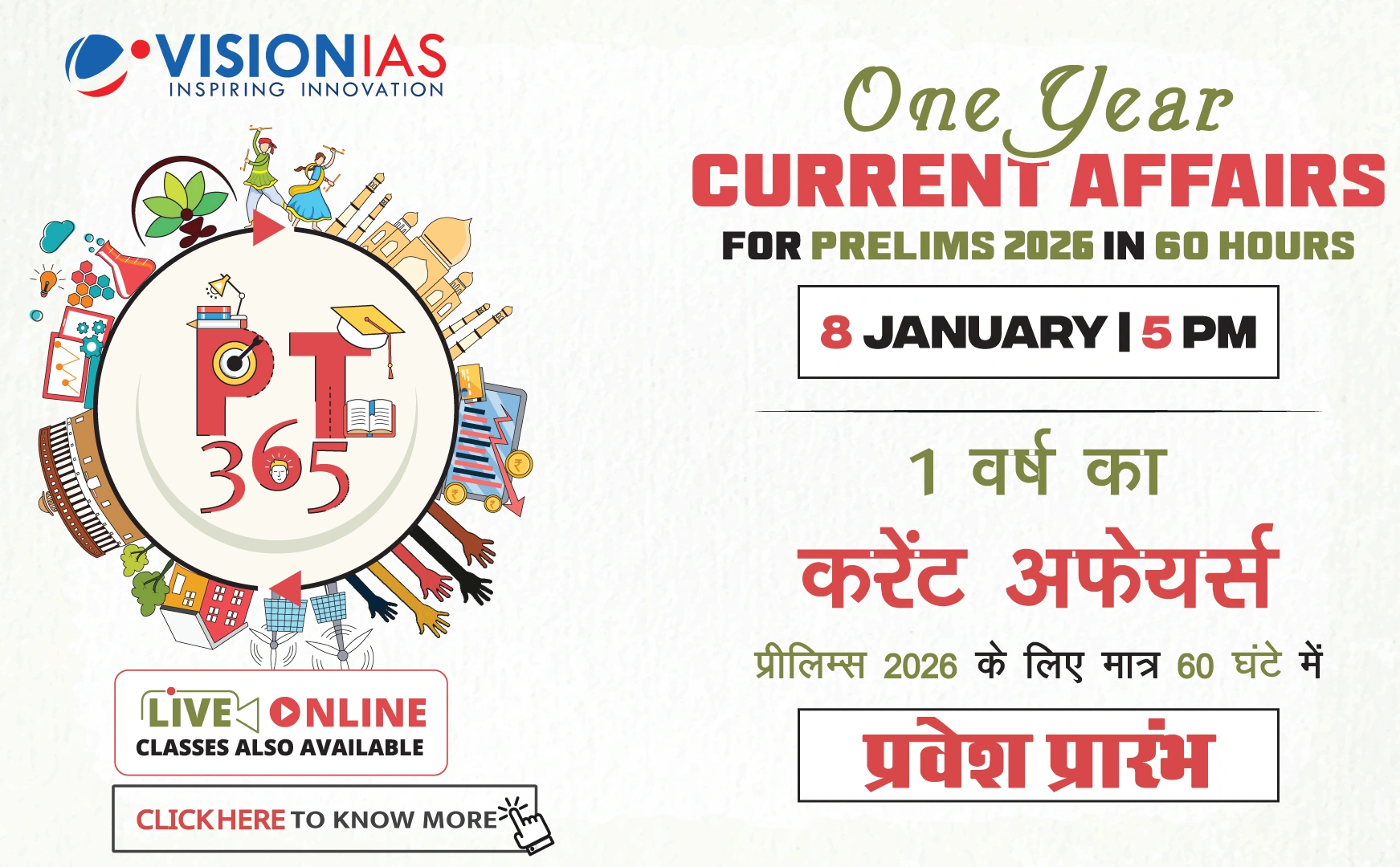Implementation of New Criminal Laws in India
India has recently transitioned to new criminal laws, replacing colonial-era legal frameworks. The Indian Penal Code has been succeeded by the Bharatiya Nyaya Sanhita (BNS), the Code of Criminal Procedure by the Bharatiya Nagarik Suraksha Sanhita (BNSS), and the Indian Evidence Act, 1872 by the Bharatiya Sakshya Adhiniyam (BSA).
Technology Integration in Policing
- First Information Reports (FIRs) are now registered via the Crime and Criminal Tracking Network and Systems (CCTNS), part of the Inter-operable Criminal Justice System (ICJS).
- The ‘e-Sakshya’ mobile application, developed by the National Informatics Centre (NIC), facilitates real-time evidence collection and preservation.
- This app connects police with forensic science laboratories, prosecution, jails, and courts, enhancing the efficiency of criminal investigations.
Key Provisions of the ‘e-Sakshya’ App
- Mandatory audio-video recording for several investigative processes under the BNSS, including:
- Search and seizure (Section 105)
- Search by a police officer (Section 185)
- Videography of the crime scene (Section 176)
- Recording of statements (Sections 173 and 180)
- Order of custody and disposal of property (Section 497)
- The app captures geo-coordinates and timestamps, increasing transparency in investigations.
Challenges and Developments
- Investigating Officers (IOs) face challenges like:
- Insufficient provision of electronic devices, leading to personal use of mobile phones for capturing evidence.
- Technical requirements for devices to support the app, such as Android version 10 and 1 GB storage.
- Duplicate work and costs incurred due to the lack of direct court access to digital evidence.
- Efforts to enhance forensic infrastructure include plans for a Central Forensic Science Laboratory and a National Forensic Science University in Raipur, Chhattisgarh.
- The NIC Haryana's MedLEaPR system is under testing to expedite the medical examination and post-mortem reporting process.
Legal and Procedural Aspects
- Some provisions, like the ambiguous Section 303 of the BNS, lead to inconsistencies in classifying offenses.
- Section 530 of the BNSS allows for video conferencing in witness examination, yet it is not widely practiced.
- IOs are concerned about delays in receiving post-mortem reports, though the seven-day limit for medical examination of rape survivors is enforced.
Conclusion
The implementation of these laws requires continuous feedback and resource allocation to address the practical challenges faced by Investigating Officers and ensure the effectiveness of the judicial process.



